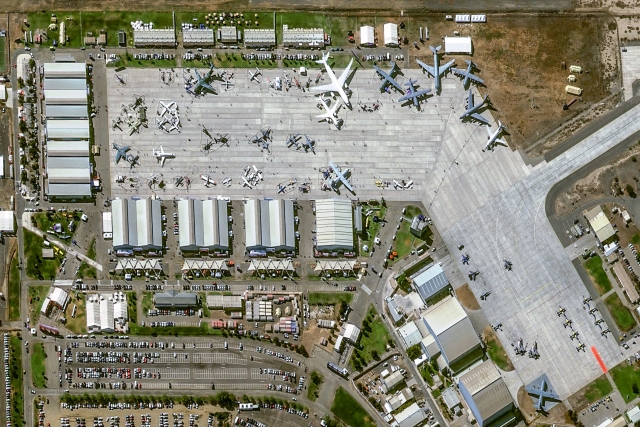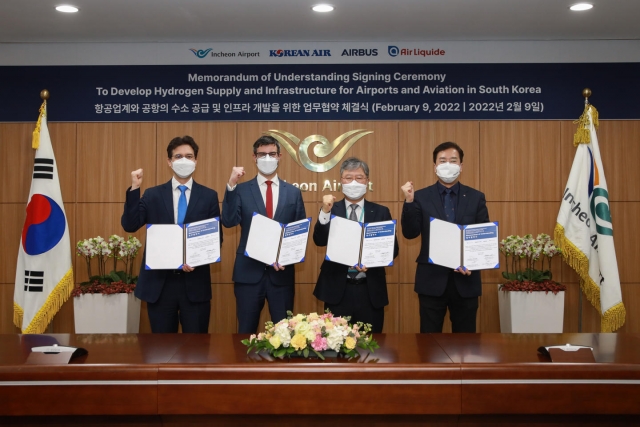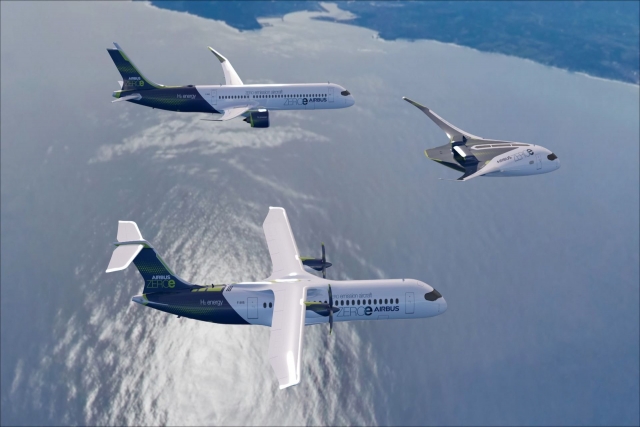Airbus, Kawasaki to Study Hydrogen as Fuel in Aviation

Airbus and Kawasaki signed a Memorandum of Understanding (MoU) today to work together on the preparation of the hydrogen fueled ecosystem.
The scope will include different aspects of the hydrogen supply chain, from the production of hydrogen to its delivery to airports and transfer on-board aircraft.
The MoU was signed at a ceremony in Tokyo, attended by Stéphane Ginoux, Head of North Asia region for Airbus and President of Airbus Japan, and Motohiko Nishimura, Executive Officer and Deputy General Manager of Hydrogen Strategy Division, Kawasaki.
Through this initiative, Airbus and Kawasaki will jointly prepare a roadmap to address challenges and define an advocacy plan on hydrogen aviation needs. Both parties will also pioneer the deployment of a hydrogen infrastructure for aviation with a particular focus on the development of Airport Hydrogen Hubs.
“We are very pleased to work with Japan's leading hydrogen supplier Kawasaki. This partnership will obviously accelerate and promote efforts by the Japanese government to achieve a carbon-neutral, decarbonised society from overall aircraft operations in 2050,” said Stéphane Ginoux. “We strongly believe that the use of hydrogen - both in synthetic fuels and as a primary power source for commercial aircraft - has the potential to significantly reduce aviation's climate impact.”
“Hydrogen is a clean energy that emits no CO2 when used and is suitable as sustainable fuel,” said Motohiko Nishikura. “We have specialised in the development of infrastructure for liquefaction, transportation, storage and transport to receiving terminals, contributing to the construction and expansion of supply chains for the hydrogen market. We are confident that our technology will connect the hydrogen production and consumption areas, creating a new road called Hydrogen Road.”
Airbus will provide aircraft characteristics, fleet energy usage, and insight on hydrogen-powered aircraft for ground operations. Kawasaki will provide technology drivers on the various elements of the supply chain while building infrastructure deployment scenarios for the supply of targeted airports.












